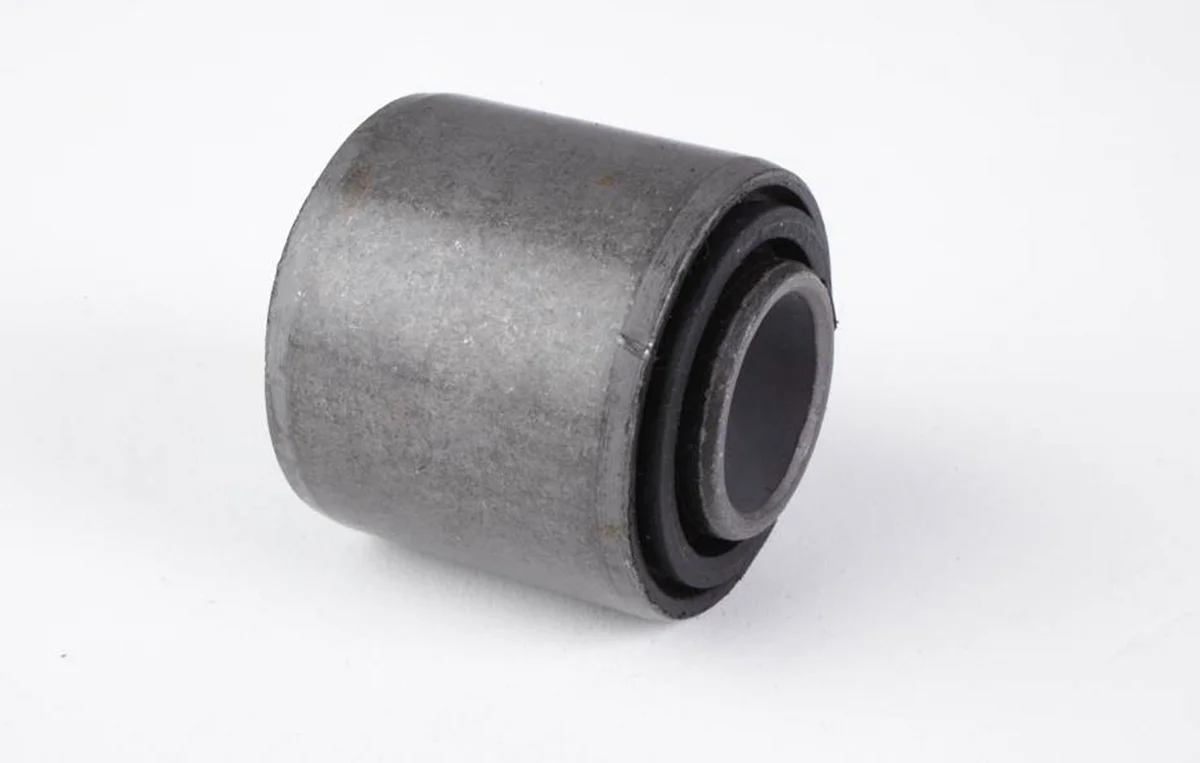High-performance components in industrial, automotive, and heavy equipment systems must meet strict standards for strength, flexibility, and durability. As engineering demands rise, the materials and manufacturing methods must evolve to ensure consistent performance in compact spaces and under constant stress.
One method widely adopted across critical applications is Rubber to Metal Bonding. This process permanently fuses rubber to a metal substrate, creating a single composite unit that combines rubber’s elasticity with the metal’s structural support. It is especially effective in components exposed to vibration, pressure, thermal cycling, and mechanical fatigue.
1. Enhanced Vibration and Noise Control
Mechanical systems operating at high speeds or under continuous load often produce significant vibration and noise. Without effective isolation, this energy can travel through assemblies, causing discomfort, component loosening, or early failure. Rubber bonded to metal absorbs and dissipates vibrational energy.
The flexible rubber component prevents shock and noise from transferring into the surrounding structure, while the metal ensures dimensional stability. This combination supports smoother system operation and protects other components from unnecessary strain. It is particularly useful in engine mounts, suspension bushings, and drive system supports.
2. Resistance to Harsh Conditions
Components must often perform reliably in extreme environments, including exposure to oil, heat, moisture, or corrosive substances. Over time, traditional materials may degrade, leading to performance loss or system failure. Bonded rubber-metal assemblies offer greater durability in these settings.
The adhesion process creates a tight seal that prevents separation under repeated use and temperature fluctuation. Whether installed in mining equipment or industrial engines, these components withstand continuous stress without peeling or cracking. Their longevity reduces the need for maintenance and increases overall system uptime.
3. Compact and Lightweight Design
In many high-performance designs, space is limited, and weight is a concern. Reducing the number of components without sacrificing function is a constant challenge for engineers. Rubber to Metal Bonding helps meet these constraints by integrating materials into one cohesive unit.
Instead of assembling separate rubber and metal parts, bonded components eliminate the need for additional brackets, adhesives, or fasteners. This streamlined approach saves space, reduces weight, and simplifies installation. The result is a cleaner, more efficient component that improves the overall design without adding unnecessary complexity.
Read Also: 7 Trusted Options for Commercial Construction Success
4. Reliable Sealing in High-Pressure Applications
Effective sealing is critical in systems handling fluids or gases under pressure. Loose or shifting seals can result in leakage, contamination, or performance losses, particularly in hydraulic and fuel systems. Bonded rubber-metal components maintain their form and function under such conditions. Their secure construction ensures the rubber element remains in position, even under stress or prolonged use.
Typical applications include:
- Hydraulic pump seals
- Fuel system gaskets
- Compressor valves
- Engine cover grommets
These assemblies reduce the risk of leakage, enhance system integrity, and extend component life.
5. Simplified Production and Assembly
Manufacturers benefit from components that are simple to handle, align, and install. Bonded rubber-metal units eliminate the need for secondary fasteners, streamlining the overall production process.
Key advantages include:
- Fewer assembly steps and tools
- Reduced inventory of separate parts
- Improved consistency and alignment during installation
In high-volume production, this simplification enables faster build times and fewer errors. It supports lean manufacturing by reducing part variation. Complexity in assembly is also minimised.
6. Custom Material and Design Flexibility
A notable advantage of bonded assemblies is the ability to tailor rubber and metal materials to specific performance requirements. Depending on the application, engineers can choose from a wide range of elastomers such as neoprene, silicone, EPDM, or nitrile. Each offers unique resistance to temperature, oils, or environmental exposure.
The bonding process also allows for various metal substrates, including steel, aluminium, and brass, depending on strength, weight, or corrosion resistance needs. This adaptability enables engineers to develop precise solutions for applications where standard parts would not suffice. Rubber-metal bonding supports this customisation by enabling the creation of parts with unique geometries, tolerances, and performance properties that meet the exact specifications of their end-use.
Local Manufacturing and Dependable Delivery
Domestic manufacturing capabilities benefit industries needing custom parts with consistent quality and fast turnaround. In-house bonding improves control over production stages, including material selection and moulding. It also ensures tighter oversight of inspection and delivery. Rubber-metal bonding, when executed under ISO-certified processes, ensures quality control and consistent results across production runs.
Clients benefit from a more responsive process, lower transportation costs, and greater confidence in on-time delivery. Local support improves coordination and ensures better alignment with production schedules. This can make a measurable difference in high-spec projects where timing and precision matter.
Rubber to metal bonding creates components that offer both functional durability and manufacturing efficiency. These parts minimize noise, withstand tough conditions, and streamline design without compromising reliability. With precise engineering, they meet the demands of high-performance applications across industries.
You May Also Like: What Drives Government Construction Standards Across the Globe?











